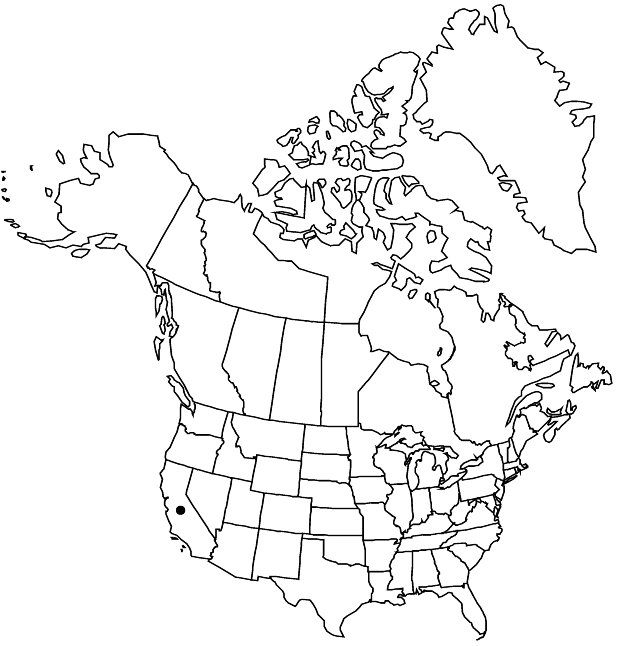Difference between revisions of "Dudleya multicaulis"
Leafl. W. Bot. 7: 110. 1953,.
FNA>Volume Importer |
imported>Volume Importer |
||
| Line 5: | Line 5: | ||
|title=Leafl. W. Bot. | |title=Leafl. W. Bot. | ||
|place=7: 110. 1953, | |place=7: 110. 1953, | ||
| + | }} | ||
| + | |special_status={{Treatment/ID/Special_status | ||
| + | |code=E | ||
| + | |label=Endemic | ||
| + | }}{{Treatment/ID/Special_status | ||
| + | |code=C | ||
| + | |label=Conservation concern | ||
}} | }} | ||
|basionyms={{Treatment/ID/Basionym | |basionyms={{Treatment/ID/Basionym | ||
| Line 59: | Line 66: | ||
|publication title=Leafl. W. Bot. | |publication title=Leafl. W. Bot. | ||
|publication year= | |publication year= | ||
| − | |special status= | + | |special status=Endemic;Conservation concern |
| − | |source xml=https:// | + | |source xml=https://bibilujan@bitbucket.org/aafc-mbb/fna-data-curation.git/src/bb6b7e3a7de7d3b7888a1ad48c7fd8f5c722d8d6/coarse_grained_fna_xml/V8/V8_388.xml |
|genus=Dudleya | |genus=Dudleya | ||
|subgenus=Dudleya subg. Hasseanthus | |subgenus=Dudleya subg. Hasseanthus | ||
Revision as of 00:11, 28 May 2020
Corms oblong, 1.5–5 cm × 3–18 mm. Leaves 5–15, base scarcely narrowed into petiole; blade green, linear, 5–15 cm × 2–6 mm, 2–6 mm thick, base 4–10 mm wide, apex narrowly acute, surfaces not or somewhat glaucous. Inflorescences: cincinni 3–15-flowered, 2–10 cm; floral shoots 5–35 cm × 2–4 mm; leaves 7–18, strongly ascending, blade linear (similar to rosette leaf blades), 1–10 cm × 2–10 mm, 2–6 mm thick, apex narrowly acute. Flowers odorless; petals connate 1–2 mm, spreading from near middle, bright yellow (fading pale yellow), often red-lineolate along keel, elliptic-lanceolate, 5–9 × 2–3 mm, apex acute, corolla 12–18 mm diam.; pistils connate 1–2 mm, ascending; ovary 3.5–6 mm; styles 1.5–2 mm. Follicles widespreading, with adaxial margins nearly horizontal. 2n = 34.
Phenology: Flowering late spring.
Habitat: Rocky hillsides, often in heavy soils
Elevation: 0-700 m
Discussion
Of conservation concern.
Dudleya multicaulis is endemic to the Los Angeles coastal plain and adjacent hills, Transverse and Peninsular ranges, and southward to the San Onofre Mountains of northern San Diego County, an area now largely urban; it is considered fairly endangered (California Native Plant Society, http://cnps.web.aplus.net/cgi-bin/inv/inventory.cgi).
Selected References
None.
